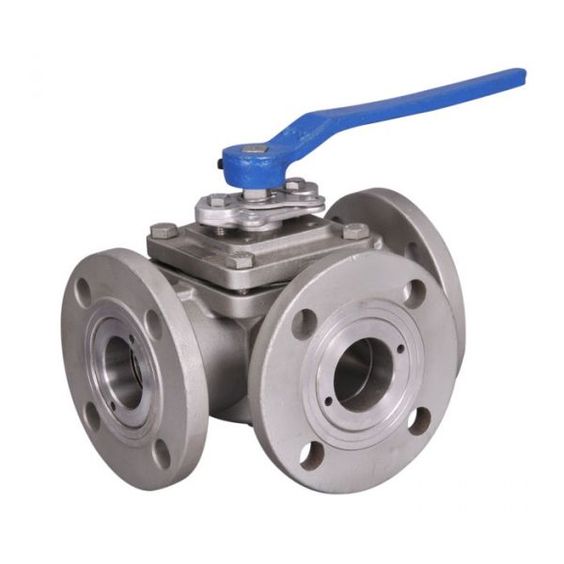Navigating Flow Control: Understanding Ball Valve Classification Based on Ports and Configurations
2024-01-03
Introduction:
Ball valves, the unsung heroes of fluid control systems, come in various configurations tailored to diverse applications. One crucial aspect that defines their functionality is the number of ports and the specific arrangement of these ports. In this blog, we embark on a journey through the classification of ball valves based on the number of ports and their configurations, unraveling the intricacies that govern fluid flow in a multitude of industries.
Basic Anatomy of a Ball Valve:
Before delving into the classifications, it's essential to understand the basic anatomy of a ball valve. At its core, a ball valve comprises a spherical closure element (the ball) with a hole, known as the bore, through which fluid can pass. The position of the ball relative to the valve body determines the flow of fluid.
Classification Based on Number of Ports:
1. Two-Way or Two-Port Ball Valves:
- Description: The simplest form, a two-way ball valve, features two ports: an inlet and an outlet.
- Functionality: It controls the flow of fluid by either allowing or blocking it, making it suitable for on-off applications.
- Common Use: Commonly found in applications where simple on-off control is sufficient.
2. Three-Way or Three-Port Ball Valves:
- Description: Three-way ball valves have three ports, typically arranged in an L or T shape.
- Functionality: They can divert or mix the flow of fluids, allowing more versatile control.
- Common Use: Utilized in applications where fluid diversion or mixing is necessary, such as in some heating and cooling systems.
3. Multi-Port Ball Valves (More than Three Ports):
- Description: Multi-port ball valves have more than three ports and offer even greater flexibility in fluid control.
- Functionality: They can handle complex flow patterns, allowing for various configurations based on application requirements.
- Common Use: Ideal for applications requiring intricate flow paths, like certain chemical processes.
Classification Based on Port Configurations:
1. Floating Ball Valve:
- Description: In a floating ball valve, the ball is not fixed in place and is free to move within the valve body.
- Functionality: The floating design allows the ball to move with the flow, creating a seal against the valve seats when closed.
- Common Use: Suitable for low-pressure applications and where tight shut-off is not critical.
2. Trunnion-Mounted Ball Valve:
- Description: Trunnion-mounted ball valves have the ball anchored or supported by trunnions (axles) within the valve body.
- Functionality: The trunnion design provides stability, making it suitable for high-pressure applications and ensuring better control of the ball's position.
- Common Use: Commonly used in high-pressure and large-diameter applications, such as oil and gas pipelines.
3. Full Port (Full Bore) Ball Valve:
- Description: In a full port ball valve, the bore diameter is the same as the pipeline, allowing for minimal restriction to flow.
- Functionality: Provides maximum flow capacity with minimal pressure drop.
- Common Use: Preferred in applications where high flow rates are crucial, such as in industries dealing with large volumes of fluid.
4. Reduced Port (Reduced Bore) Ball Valve:
- Description: In a reduced port ball valve, the bore diameter is smaller than the pipeline, creating a flow restriction.
- Functionality: Offers lower flow capacity but may be more economical and suitable for applications with less critical flow requirements.
- Common Use: Used in situations where reduced flow is acceptable or in cost-sensitive applications.
Conclusion:
Navigating the world of ball valves requires an understanding of their classifications based on the number of ports and configurations. From simple two-way valves for basic on-off control to complex multi-port valves catering to intricate flow patterns, each configuration serves a specific purpose in fluid control systems. The choice between floating and trunnion-mounted designs, as well as the selection of full or reduced port valves, depends on the specific demands of the application, ensuring that these versatile valves find their place in a wide range of industries.



